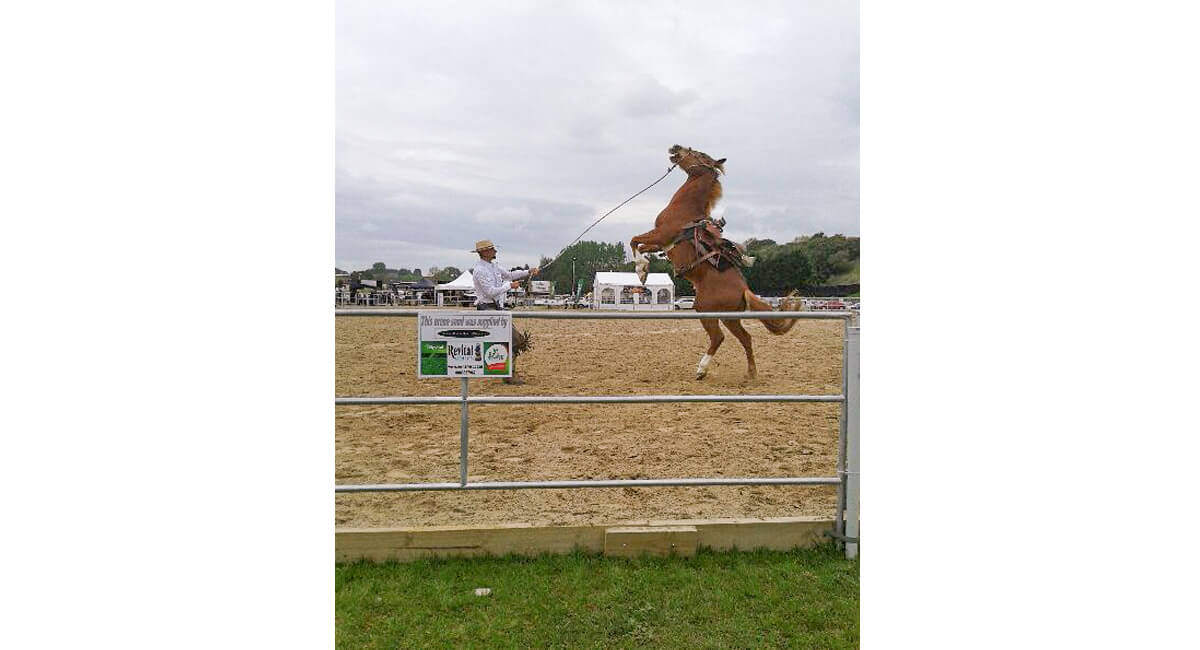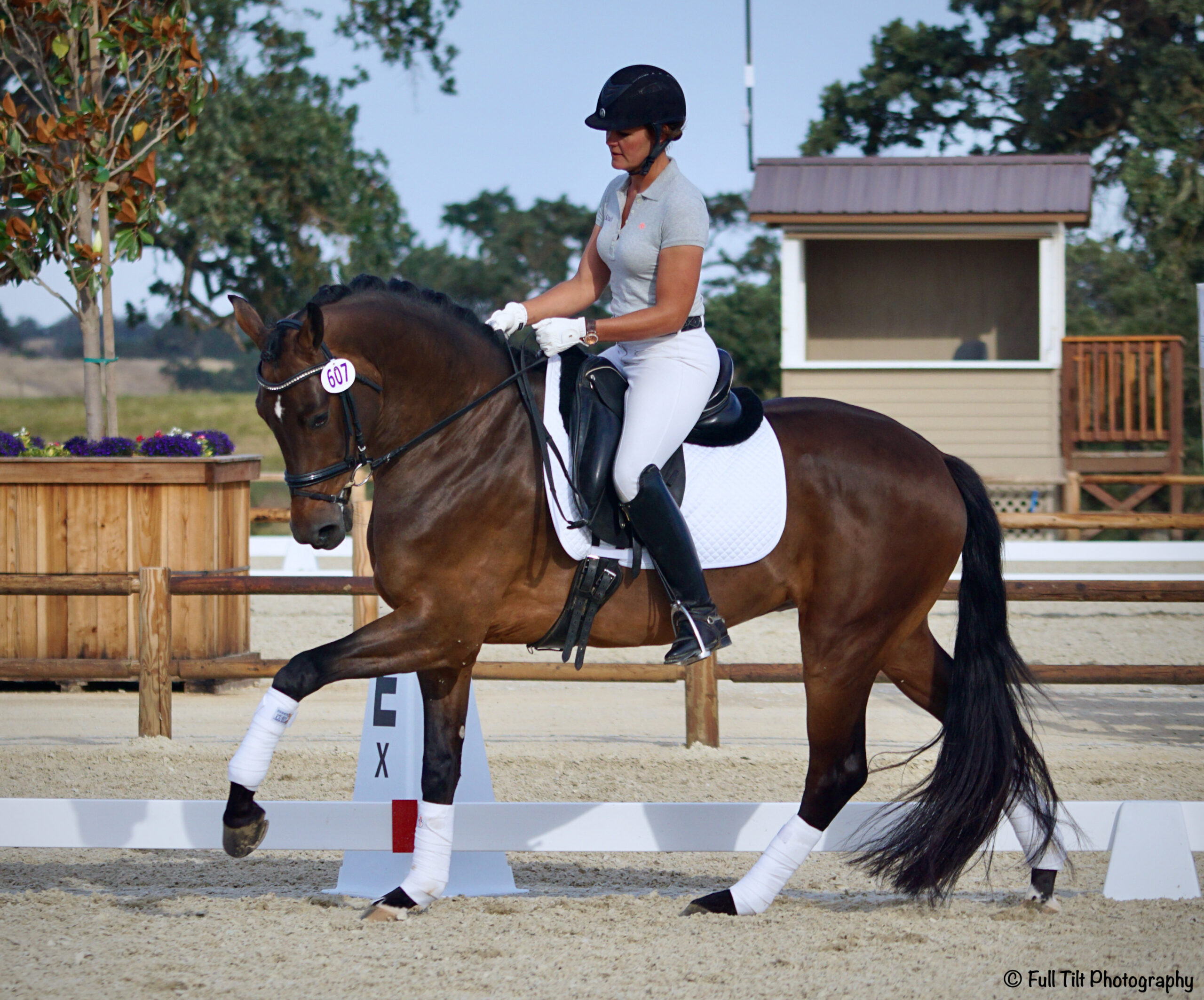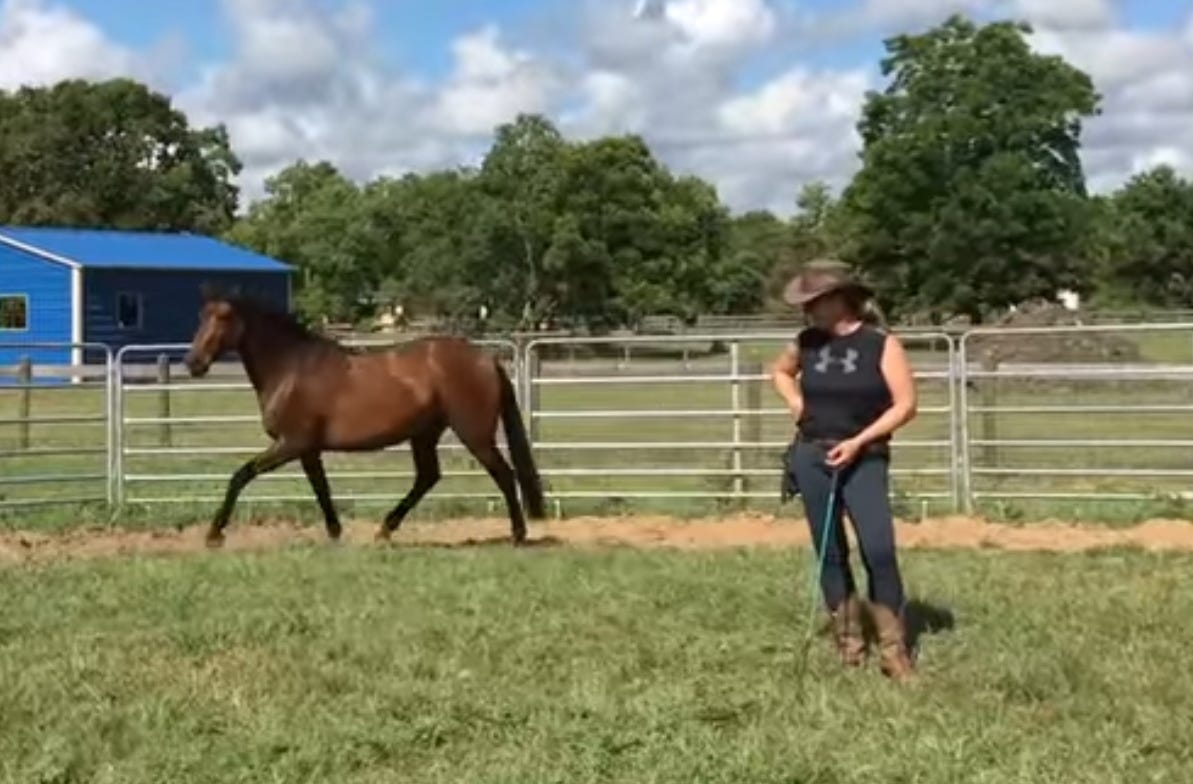How to Improve Your Horse’s Responsiveness

Improving your horse’s responsiveness is essential for building a strong partnership, enhancing safety, and achieving better performance in riding or training. This article will guide you through effective techniques, training tips, and practical advice to help your horse respond promptly and willingly to your cues.
Understanding Horse Responsiveness

Responsiveness refers to how quickly and accurately a horse reacts to your commands or aids. A responsive horse is attentive, cooperative, and eager to communicate, which makes riding and training more enjoyable and effective.
Key Factors Affecting Responsiveness
| Factor | Description |
|---|---|
| Communication | Clear, consistent signals from the rider help the horse understand expectations. |
| Training Consistency | Regular, structured training sessions reinforce learning and build trust. |
| Physical Condition | A healthy, well-conditioned horse is more willing and able to respond promptly. |
| Environment | Minimizing distractions and ensuring a safe training area improves focus. |
Techniques to Improve Responsiveness
1. Establish Clear Communication
- Use consistent aids (leg, hand, voice) so your horse learns to associate each cue with a specific action.
- Maintain a calm and confident demeanor to encourage trust.
2. Practice Regular Training Sessions
- Short, frequent sessions are more effective than long, infrequent ones.
- Incorporate varied exercises to keep your horse mentally engaged.
3. Use Positive Reinforcement
- Reward your horse immediately for correct responses with treats, praise, or a gentle pat.
- Avoid punishment, which can cause confusion or fear.
4. Improve Physical Fitness
- Ensure your horse has a balanced diet and regular exercise to maintain energy and agility.
- Warm up properly before training to prevent stiffness.
5. Manage the Training Environment
- Choose quiet, familiar locations for training to reduce distractions.
- Gradually introduce new environments to build confidence.
Sample Training Schedule
| Day | Activity | Duration |
|---|---|---|
| Monday | Groundwork and basic cues | 20 minutes |
| Wednesday | Riding with focus on responsiveness | 30 minutes |
| Friday | Trail ride or varied environment | 40 minutes |
Frequently Asked Questions (FAQ)
Q1: How long does it take to see improvement?
A: Improvement varies by horse and rider but consistent training usually shows results within a few weeks.
Q2: What if my horse is unresponsive to voice commands?
A: Combine voice with physical aids and ensure your commands are clear and consistent.
Q3: Can responsiveness be improved at any age?
A: Yes, horses of all ages can improve responsiveness with proper training and patience.
Conclusion
Improving your horse’s responsiveness is a gradual process that requires patience, consistency, and clear communication. By applying these techniques and maintaining a positive training environment, you can develop a more attentive and cooperative horse, enhancing your riding experience and safety.
This article is designed to be SEO-friendly by incorporating relevant keywords such as “horse responsiveness,” “training techniques,” and “improving horse behavior,” structured with headings, tables, and FAQs to improve readability and engagement.
